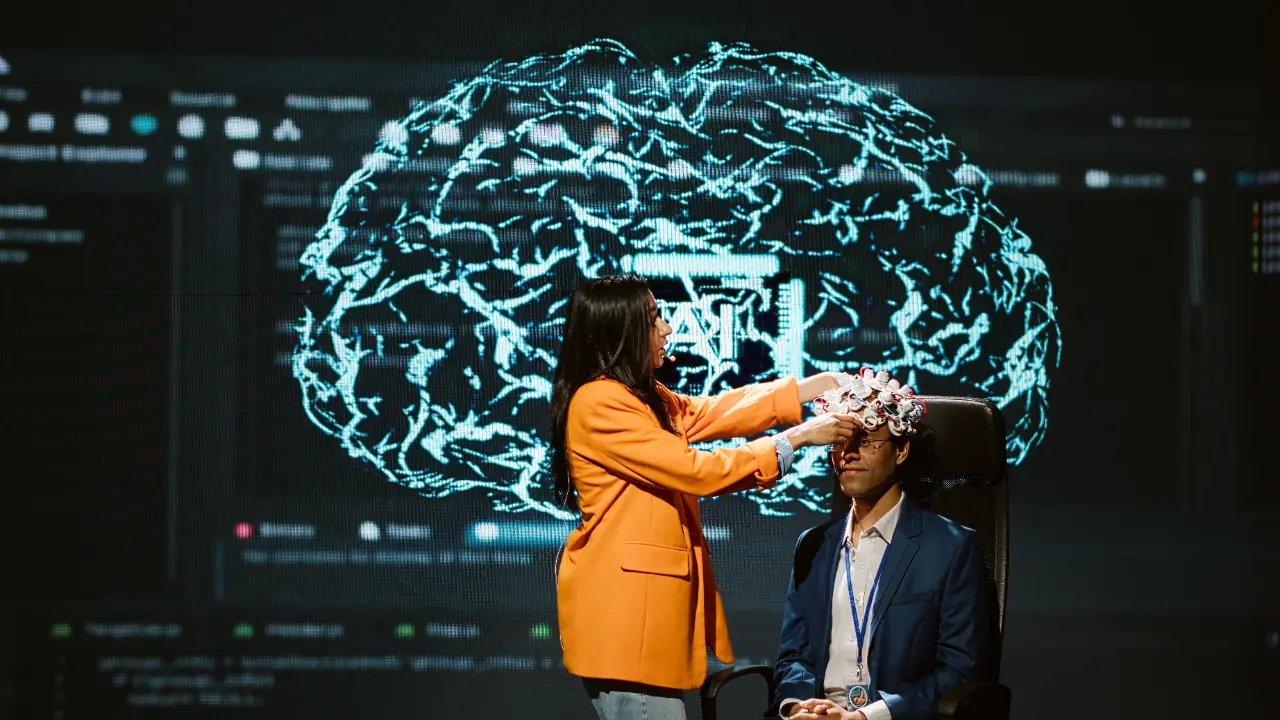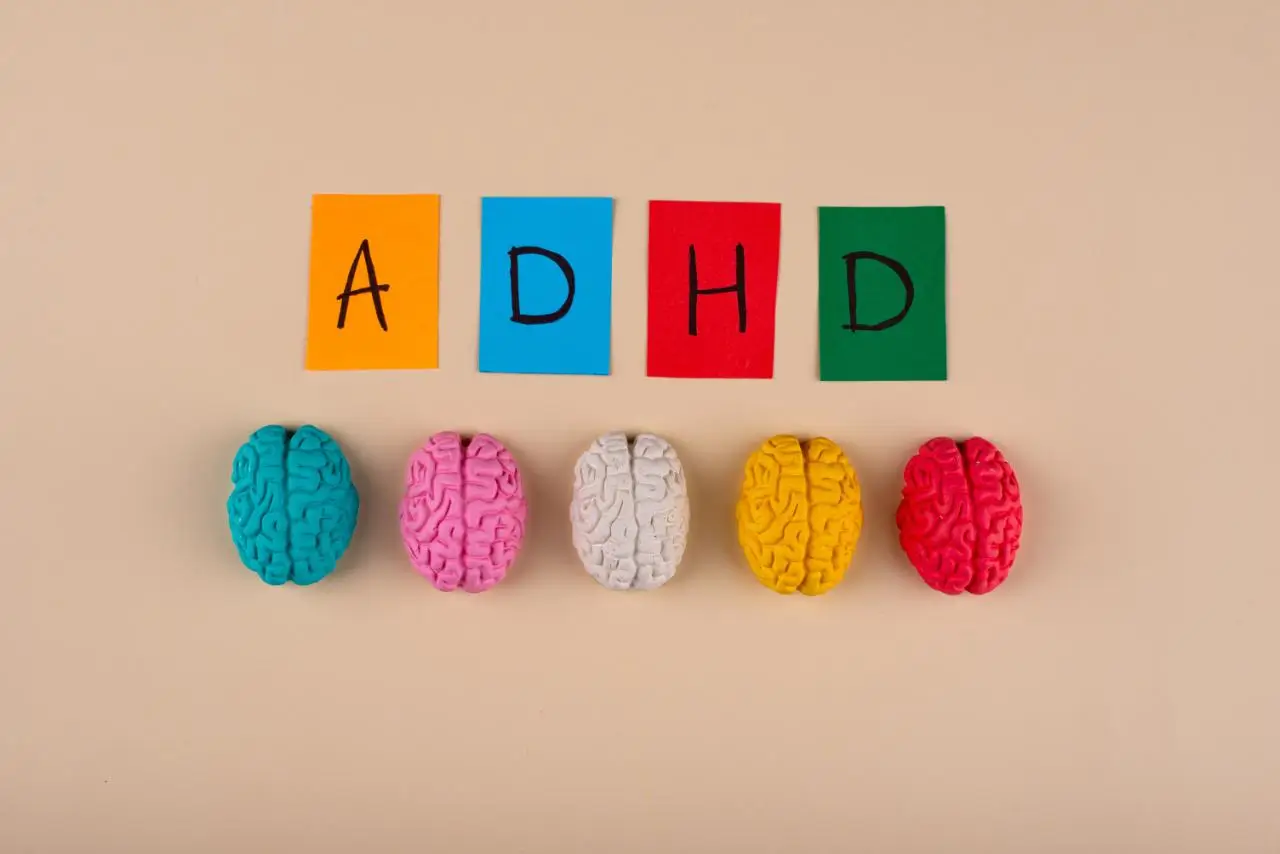ADHD in Children
Understanding ADHD in children can be a complex task. It’s a condition that affects many aspects of a child’s life.
ADHD, or Attention Deficit Hyperactivity Disorder, is a common neurodevelopmental disorder. It often starts in childhood and can continue into adulthood.
Symptoms include difficulty paying attention, hyperactivity, and impulsivity. These can interfere with a child’s daily activities and overall quality of life.
This article aims to shed light on ADHD in children. We’ll explore its symptoms, the link between ADHD and anxiety, and the various therapy options available.
Whether you’re a parent, caregiver, educator, or healthcare professional, this guide will provide valuable insights. It’s designed to help you understand and support children with ADHD effectively.
Let’s delve into the world of ADHD in children and uncover the strategies that can make a difference.
Understanding ADHD in Children
ADHD is a prevalent condition, affecting approximately 5% to 10% of children worldwide. It’s characterized by persistent patterns of inattention, hyperactivity, and impulsivity.
The exact cause of ADHD remains unknown. However, research suggests a combination of genetics and environmental factors play a role.
Symptoms of ADHD in Children
Children with ADHD exhibit a range of symptoms. These symptoms can vary in severity and often disrupt daily life.
Common symptoms include difficulty focusing and completing tasks. Children may also be easily distracted and forgetful.
Hyperactivity is another key symptom. Children with ADHD may seem restless, often fidgeting or talking excessively.
Impulsivity can also be a challenge. These children may act without thinking, leading to hasty decisions and potential safety risks.
It’s important to note that these symptoms must be persistent. They should occur more often than in other children of the same age.
ADHD and Anxiety in Children: The Overlapping Traits
ADHD and anxiety often co-occur in children. Approximately 25% to 40% of children with ADHD also have an anxiety disorder.
Children with both conditions may struggle with excessive worry and fear. They may also have difficulty concentrating, further exacerbating ADHD symptoms. Understanding this overlap is crucial for effective treatment.
Diagnosing ADHD in Children
Diagnosing ADHD in children involves a comprehensive evaluation. This process includes gathering information from multiple sources, such as parents, teachers, and healthcare providers.
The diagnosis is not based on a single test. Instead, it requires a thorough review of the child’s behavior across different settings.
The Role of Professional Assessments
Professional assessments play a crucial role in diagnosing ADHD. These assessments may include interviews, questionnaires, and observation of the child’s behavior.
Healthcare providers also consider the child’s medical history. This helps rule out other conditions that may cause similar symptoms.
ADHD in Boys vs. Girls
ADHD affects both boys and girls, but the symptoms may present differently. Boys with ADHD are often more hyperactive and impulsive.
On the other hand, girls may be more inattentive. They might struggle with focus and organization, which can often be overlooked.
ADHD Therapy and Treatment Options
ADHD therapy involves a multi-faceted approach. It often includes medication, behavioral therapy, and lifestyle changes.
Each child’s treatment plan is unique. It is tailored to their specific symptoms, needs, and circumstances.
Behavioral Therapy for ADHD
Behavioral therapy is a key component of ADHD treatment. It helps children develop coping skills and improve their behavior.
This therapy often involves parents and teachers. They learn strategies to reinforce positive behaviors and discourage negative ones.
Medication Management
Medication is often used in treating ADHD. It can help manage symptoms like inattention, hyperactivity, and impulsivity.
However, medication management is crucial. Dosages need to be monitored and adjusted as necessary to ensure effectiveness and minimize side effects.
Lifestyle Changes and Home Strategies
Lifestyle changes can also benefit children with ADHD. This includes dietary changes, regular exercise, and adequate sleep.
Home strategies are equally important. Here are a few suggestions:
- Create a structured routine.
- Use positive reinforcement.
- Limit screen time.
- Provide a quiet space for homework and study.
- Encourage physical activity.
Supporting Children with ADHD at Home and School
Supporting a child with ADHD requires patience and understanding. It’s about creating an environment that helps them thrive.
At home, this means providing structure and routine. At school, it involves working with educators to ensure the child’s needs are met.
Creating an ADHD-friendly Learning Environment
An ADHD-friendly learning environment can make a big difference. It can help children with ADHD focus and succeed acadically.
This might involve individualized education plans (IEPs). It could also mean providing extra support or accommodations in the classroom.
Conclusion: Embracing the Journey with ADHD
ADHD in children is a journey, not a destination. It’s about learning, adapting, and growing together.
With the right support and resources, children with ADHD can thrive. They can lead fulfilling, successful lives, just like any other child.







